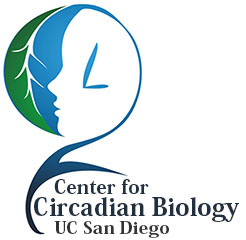CCB Research
Overview
Because rhythmicity is an important elemental feature of life, chronobiological research benefits from a deep and pervasive interdisciplinary approach.
At CCB we seek to integrate a unique diversity of expertise which, from one vantage point, can be understood along two organizing dimensions. The first is taxonomic and encompasses a range of research programs whose foci are organisms as diverse as cyanobacteria, plants, fungi, rodents, and humans. The second is organizational and concerns studying rhythms at multiple levels of biological complexity spanning the molecular, genetic, organismic, systemic, and communal realms of inquiry.
It is eagerly anticipated that CCB scientists' efforts will soon lead to novel arrays of collaborations with our colleagues in physics, mathematics, computer science, and engineering. The importance of formal analyses of rhythms and of computational approaches to circadian biology cannot be overestimated.
Similarly, given that novel scientific ideas soon make their way into the broader academic milieu, we also look forward to discussing our work with scholars from the arts, social sciences, and humanities knowing well that scientific and non-scientific enterprises often inform one another in surprising and beneficial ways.
For the present, we endeavor to elucidate fundamental biological principles through a comparison of different species and through investigations across various levels of biological organization via the work of the following four distinct investigational clusters:
We anticipate that as UCSD scientists increasingly become aware of common interests, these clusters will grow in number, size, and scope.
